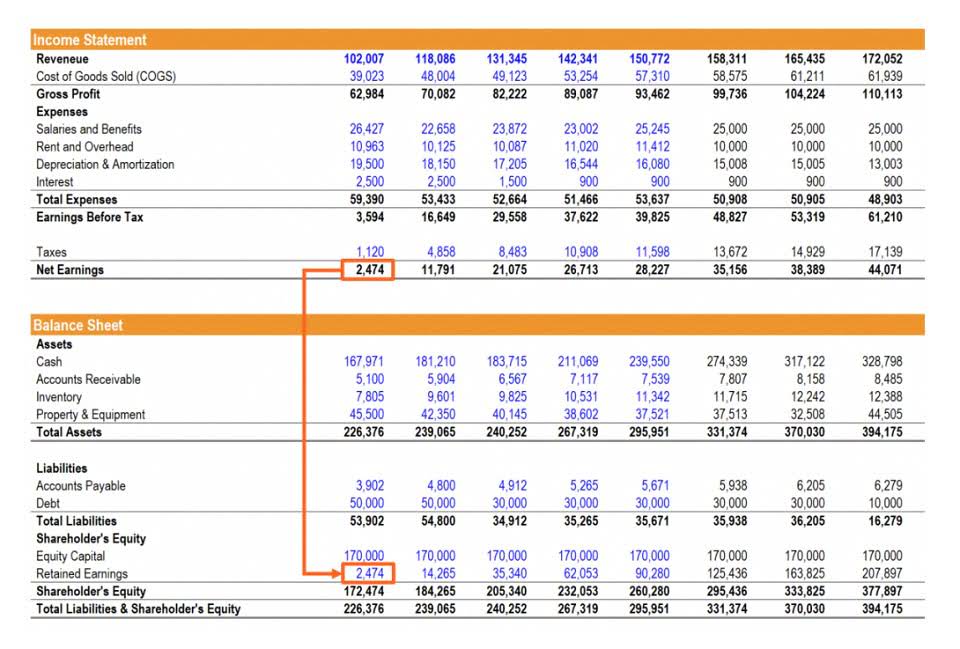
Such calculations facilitate accounting processes such as estimating wages, payroll, costs, etc. Whether you hire employees as part time or full time depends on your business needs and local regulations. A part-time workforce might save you money in wages and benefits but could, in turn, cost more in rehiring and training.

What is Full-time Equivalent (FTE) & How to Calculate It

Calculating Full-Time Equivalent (FTE) is crucial for organizations to assess their workforce capacity accurately. Ever feel like your days disappear https://www.bookstime.com/ faster than a magician’s rabbit? Motivate your clients to pay on time by implementing a few, simple changes to your invoicing habits.
- By calculating the FTE of all employees, companies gain insight into the total labor costs, including both full-time and part-time employees, enabling a comprehensive understanding of workforce expenses.
- Now, if you would like to calculate FTEs company-wise, make sure you adhere to the following steps below.
- Understand how accurately gauging FTEs can optimize staffing, predict budgets, and support employee retention – a must-read for every modern HR professional.
- For example, if an employer considers 40 hours per week as full-time, employees who work 40 hours each per week count as 1.0 FTE, while those that work 20 hours per week, or part-time, make 0.5 FTE.
- To determine your eligibility for the small-business tax credit, you’ll need to use a different system for counting FTEs.
- Some may even assume any employees who work more than 20 hours a week to be 1 FTE.
- The full-time equivalent is an indicator that answers many of the questions Human Resources departments need answers to.
How do you calculate FTE for employees?
- In most cases, employers fall below the threshold required to be an ALE and are, therefore, not subject to the employer shared responsibility provisions.
- In contrast, a part-time employee working only 20 hours per week would have an FTE of 0.5—which shows that their hours worked are equivalent to half of a full-time employee.
- FTE calculations are also important when determining eligibility for certain federal programs and benefits.
- According to the IRS and the ACA, part-time employees work fewer than 30 hours a week on average.
- It could require 15 full-time employees (600 hours/40 hours) five days to complete, 30 part-time employees five days to complete, one full-time employee 15 weeks to complete, or a combination of these.
- HR departments often use FTE salaries to determine their part-time workers’ compensation.
When you add your part-timers together, you create an FTE employee. FTE stands for full-time equivalent and measures how many full-time employees an organization has. Jennifer Soper has 25+ years of writing and content design experience, working with small businesses and Fortune 100 companies.
What Is Full-Time Equivalent & How to Calculate It (+ Free FTE calculators)

Like we mentioned above, employers use FTE calculations for a number of different reasons to better understand the employment needs and labor output of their organization. Let’s dive into the main benefits of using an FTE calculation below. FTE calculations are also important when determining eligibility for certain federal programs and benefits. FTE is a very specific term used to calculate whether a company is required to provide benefits under the Affordable Care Act (ACA) and the Family Medical Leave Act (FMLA), for example.
Ace the Test: Steps to Pricing Services for Company Heads
- Identify key areas where analytics will help you solve problems and meet goals that add value to the organization from a business perspective.
- This could be done monthly, quarterly, or annually, depending on the organization’s requirements.
- (For a year, that is 2,080 hours with 40-hour workweeks and 1,560 hours with 30-hour workweeks, which is considered full-time for ACA reporting).
- That said, full-time equivalent (FTE) is a metric used to determine the total number of full-time workers that you have in an entire organization.
- Keep in my mind that some laws, including the ACA and the Paycheck Protection Program (PPP), require employers to use specific calculations to determine the number of FTEEs.
- Select relevant KPIs that are connected to business goals and set a target score for each KPI.
HR departments use FTE to standardize their part-time employees’ working hours and salaries. Make sure you understand how federal, state, and local laws apply to your part-time, full-time, and full-time equivalent employees and create policies and practices that comply. An employer has 10 employees who work 20 hours per week and considers 40 hours a full-time schedule. It is then important to note that some FTE calculations do involve a fair amount of assumptions.
Q: Are part-time employees entitled to meal periods and rest breaks?
A full-time equivalent (FTE) is a unit of measurement used to figure out the number of full-time hours worked by all employees in a business. If your business considers 40 hours to be a full-time workweek, then an employee working 40 hours per week would have an fte meaning FTE of 1.0. In contrast, a part-time employee working only 20 hours per week would have an FTE of 0.5—which shows that their hours worked are equivalent to half of a full-time employee. To work out FTE, you must know what’s considered full-time at your company.
Common Mistakes in FTE Calculation
What Is Full-Time Equivalent (FTE) & How Is It Calculated?

